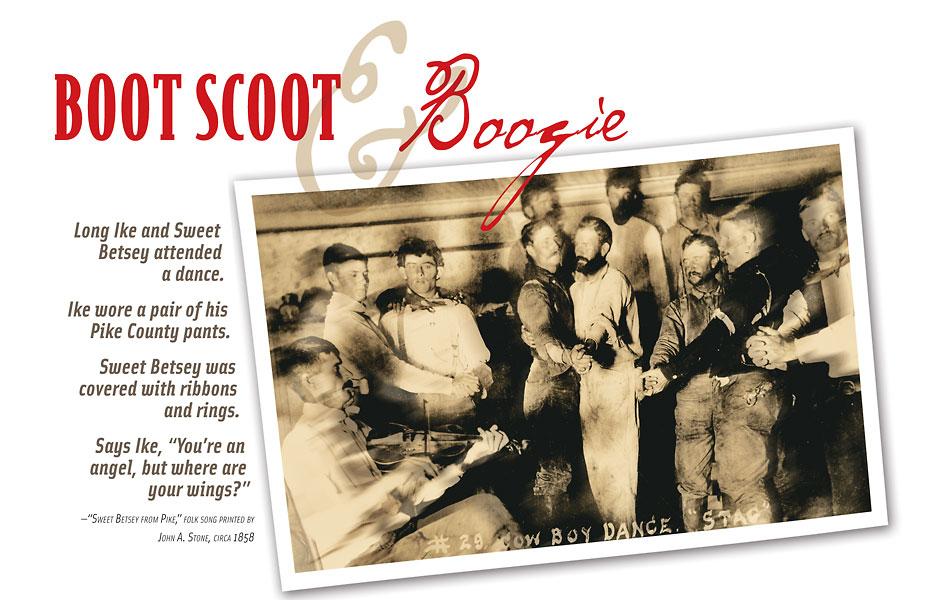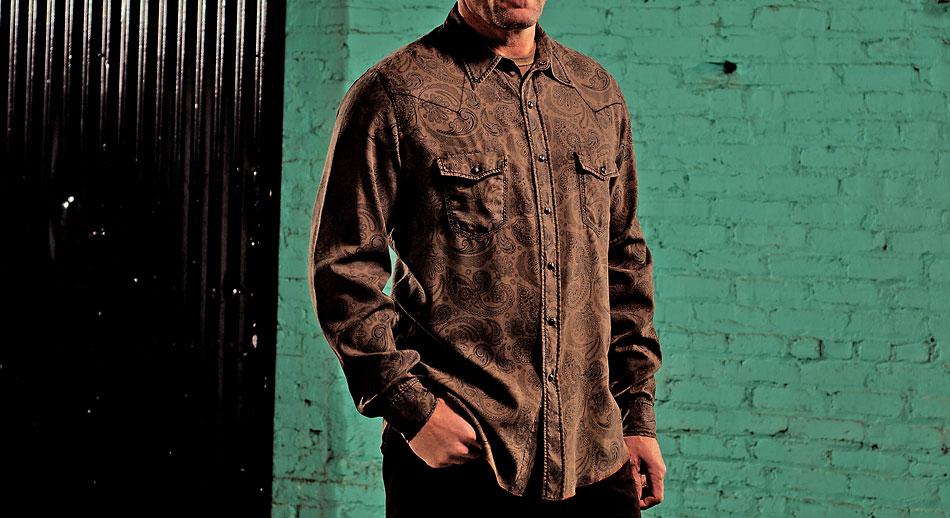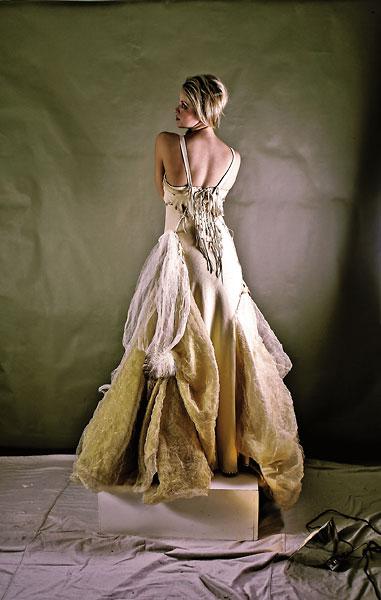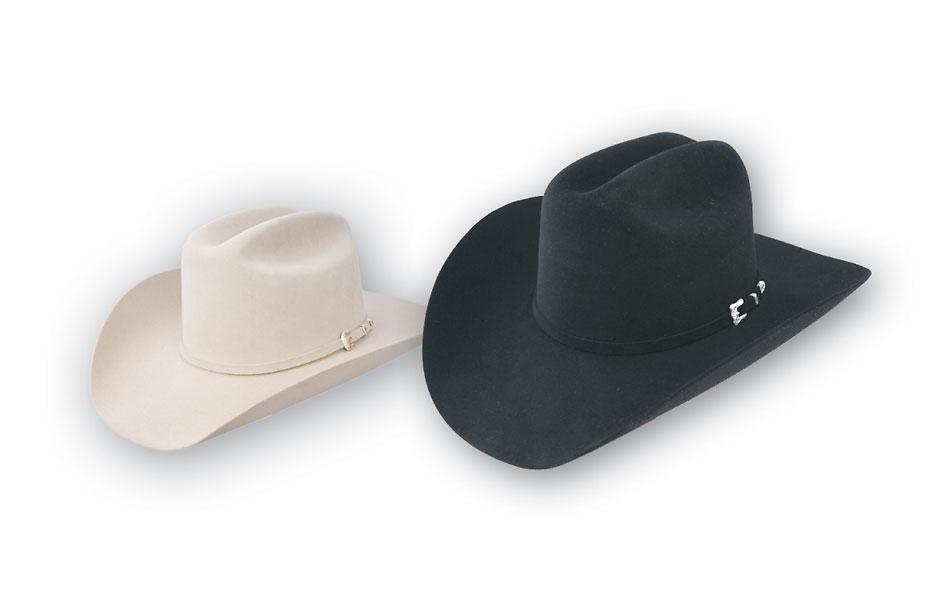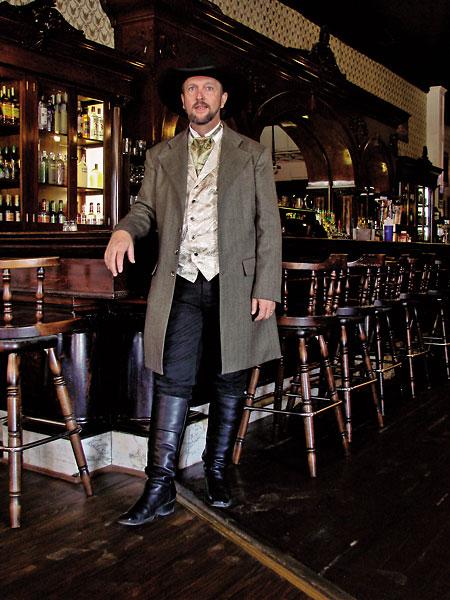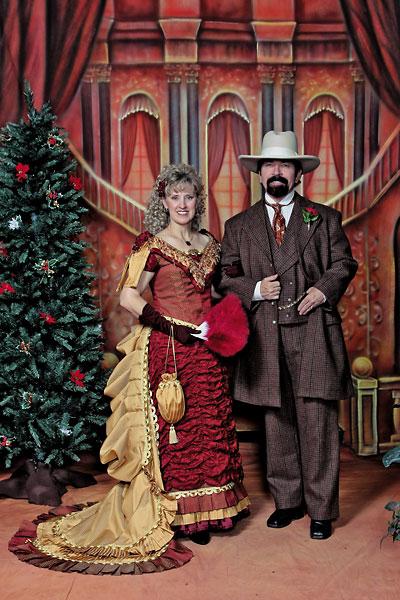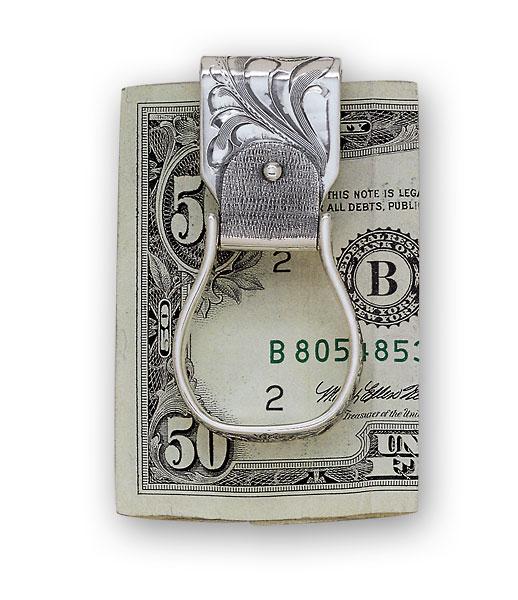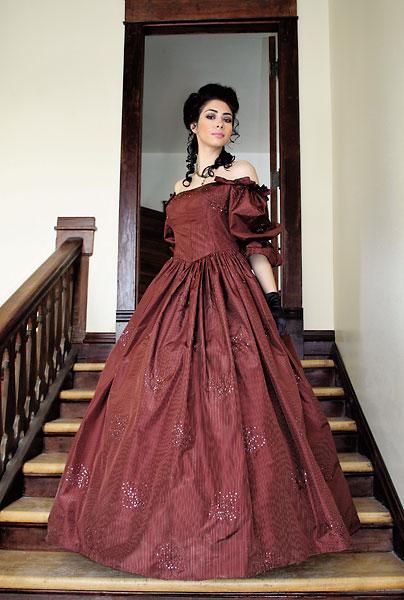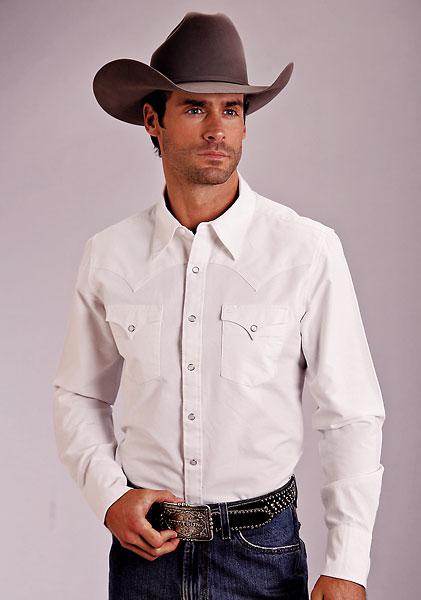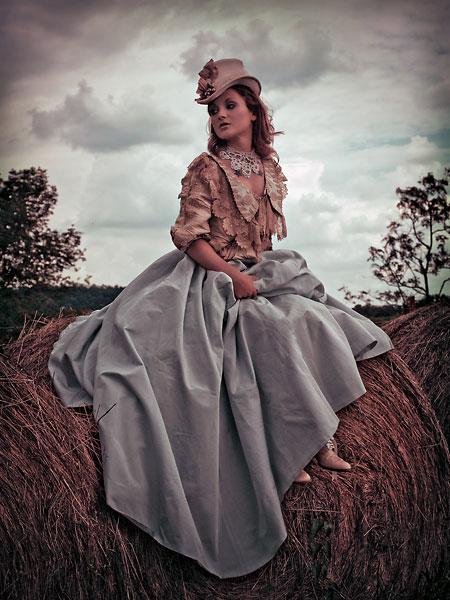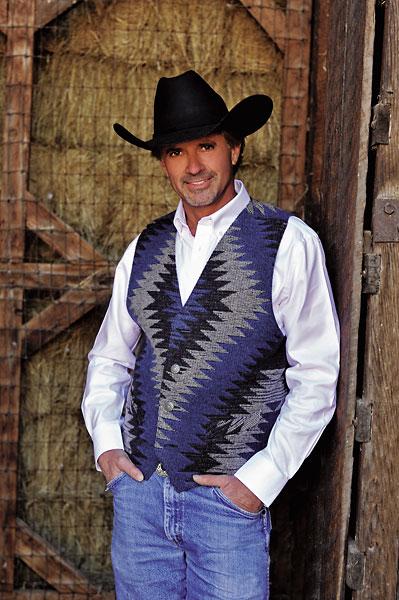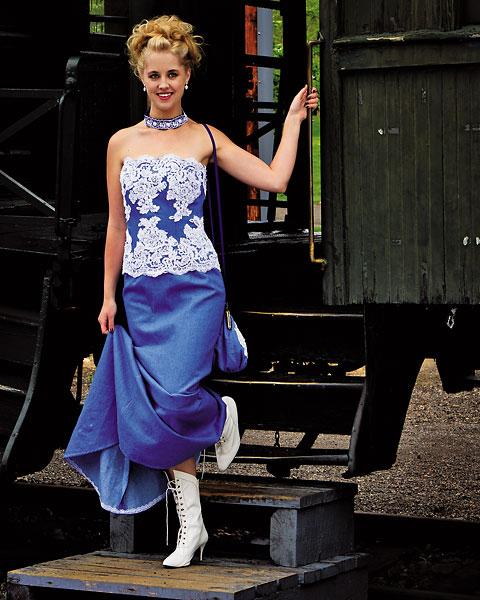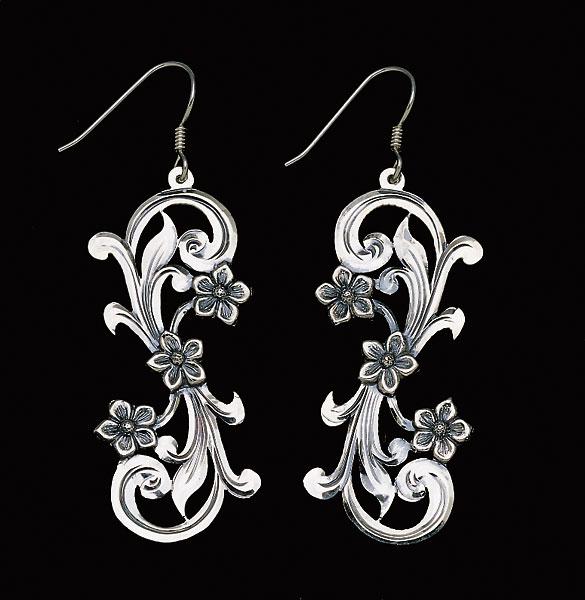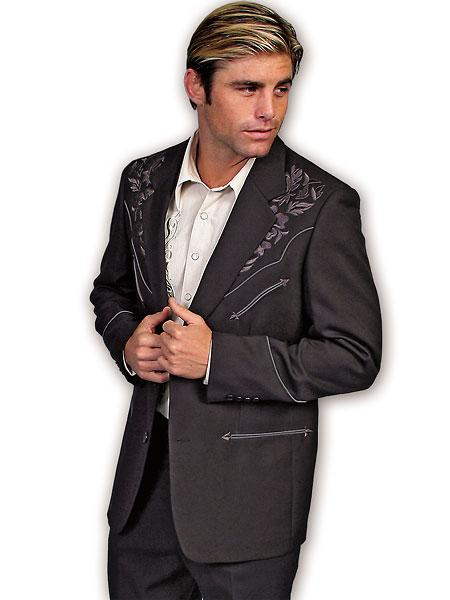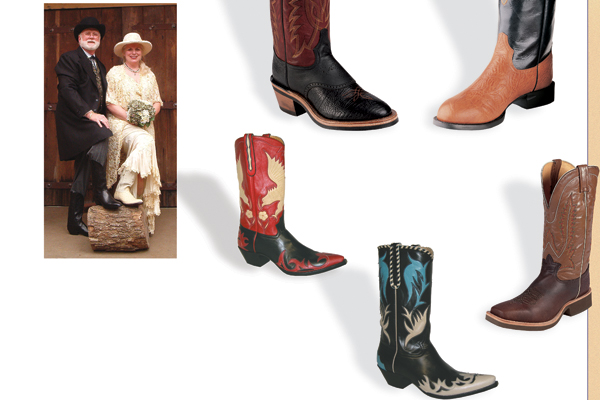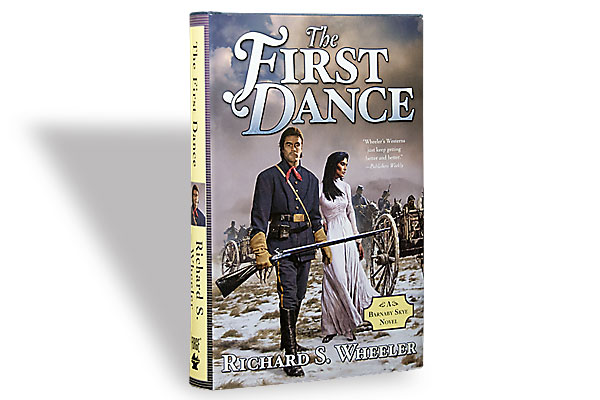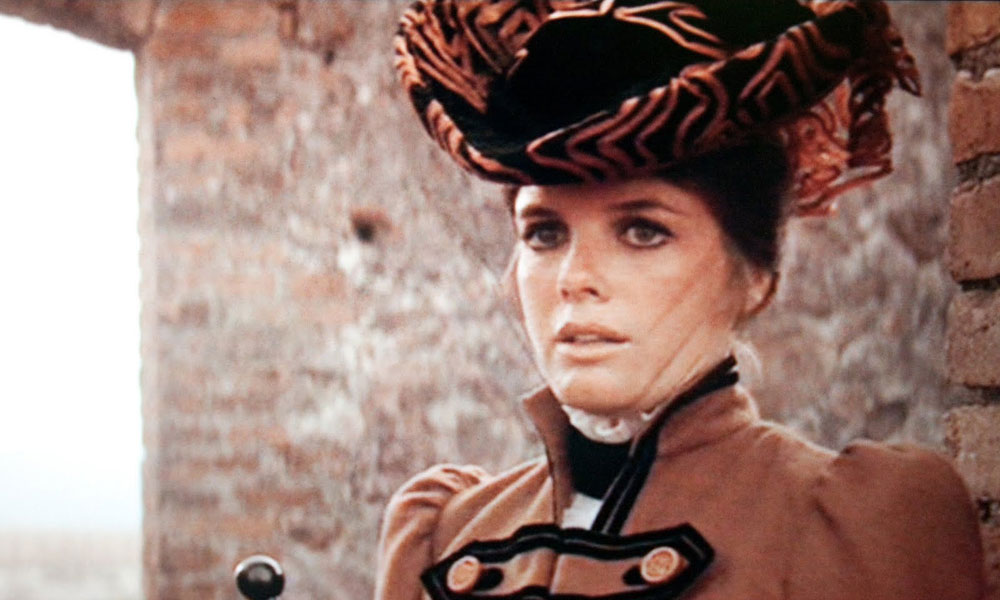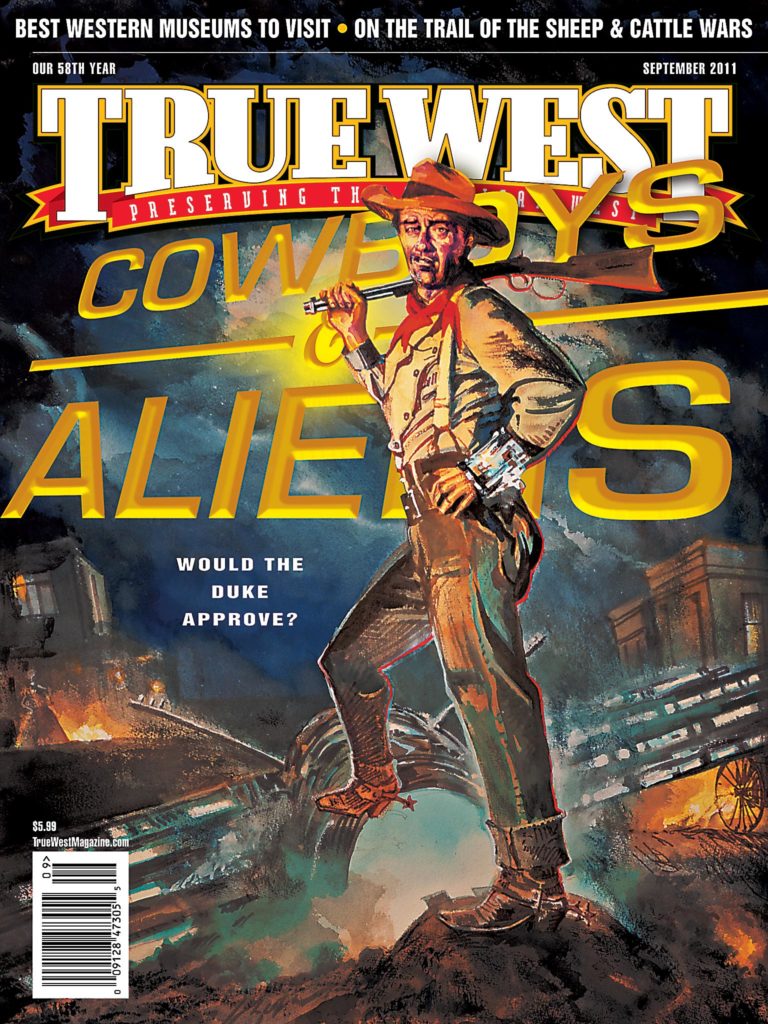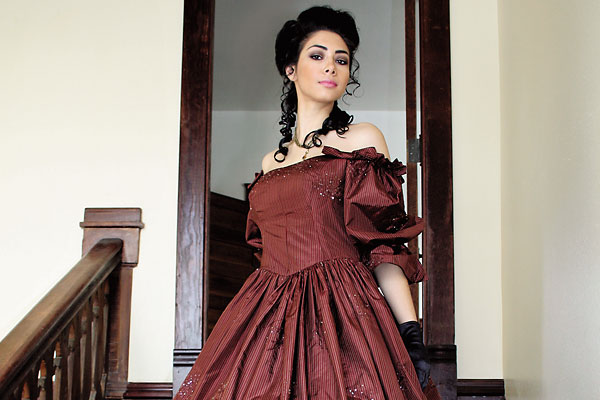 Long Ike and Sweet Betsey attended a dance.
Long Ike and Sweet Betsey attended a dance.
Ike wore a pair of his Pike County pants.
Sweet Betsey was covered with ribbons and rings.
Says Ike, “You’re an angel, but where are your wings?”
—“Sweet Betsey from Pike,” folk song printed by John A. Stone, circa 1858
After their hazardous journey to the California goldfields in the 1850s Betsey and Ike, the star-crossed lovers from Pike County, went dancing, as the popular folk song goes. Betsey, all gussied up with ribbons and rings, probably caused a sensation in a mining camp short on females. Thronged by dance partners wearing better pants or offering gold-dusted charms, the not-so-angelic Betsey soon sprouted wings and flew into the arms of another.
From Saturday night “socials” to Sunday morning congregations, gatherings were welcome reprieves from the loneliness and homesickness that afflicted Old West miners, cowboys and sod busters alike. A dance, ball or “hop” with a musician or two brought folks in from miles away. Hell and high water couldn’t keep a “determined female from a frolic,” Dee Brown wrote in his 1958 book about women in the Old West, The Gentle Tamers.
While women were rare on the frontier, that didn’t stop the men from kicking up their heels. Dancing was so important that miners took turns “heifer-branding” themselves with bandanas or aprons as a sign that their dance partner could lead. No wonder sweet Betsey was so popular at that dance.
Our earliest ancestors danced to simultaneously re-enact and celebrate a successful hunt or battle—the male dancers’ moves reprised some act of bravery or mimicked an animal. The women developed their own dances—possibly to distract and entertain the men. How or when the sexes began to dance together is anybody’s guess.
Dance flourished as a form of entertainment and socializing in Europe, and immigrants brought it to America in the form of schottisches, jigs, quadrilles and waltzes. Square dancing with dance callers developed in New England as a way to bridge the different steps, traditions and languages.
The Saturday night dance at the local town hall remained a great tradition across the rural West into the late 1900s. Today’s harvest fairs and rodeos often include street dances in small towns. Tribal dancing, in the form of American Indian powwows, also occurs all over the West.
Throughout its history, people tended to dress up for a dance. Whether dancers were daubed with mud and blood or turned out in their finest livery and powdered wigs, a dance has always encouraged self-expression, not only through dance moves, but also through the clothes worn to the party.
Everyday casual is the dress code for most public dances in the West today, but posh affairs, like the Cattle Baron’s Ball in Dallas, Texas, inspire attendees to “dress Western.” Cowboy-yoked tuxedo jackets and frock coats, elegant gowns and wearable art are the norm for many charity balls as folks from all walks of life turn out in their finest Western threads. Jeans, of course, are optional.
A word of advice as you waltz, polka or line dance: choose your boots carefully. By all means go for comfort, but you’ll get more glide in your stride and more boogie in your boot scoot with leather than you can with grippy synthetic soles.
CHARITY COWBOY GALAS
Cattle Baron’s Ball
October 15, 2011
Dallas, TX
CattleBaronsBall.com
Proceeds benefit the American Cancer Society
Curly’s Cowboy Christmas
Victorville, CA
December 17, 2011
HappyTrails.org
Happy Trails Children’s Foundation founded by Gene Autry and Dale Evans hosts benefit with proceeds going to abused children
Wrangler National Finals Rodeo Style Show & Luncheon
December 8, 2011
Las Vegas, NV
JustinBoots.com/en/Cowboy_Crisis.html
Justin “Cowboy Crisis Fund” proceeds benefit professional rodeo athletes and their families in the event of catastrophic injuries
Buckaroo Ball Gala
June 2012
Santa Fe, NM
BuckarooBall.com
Proceeds benefit at-risk children in Santa Fe County
Cattle Baron’s Ball
March 2012
Riverton, WY
RivertonChamber.org
All proceeds from the Hats Off for Hope event benefits the “Tough Enough to Help Cancer Fund” & the “Help for Health Hospice Van”
Photo Gallery
Because the ratio of women to men who lived on the frontier was so low, the men often held stag dance parties.
Historical image True West Archives; Fashion images courtesy Manufacturers
We have a feeling this Tombstone gentleman probably wouldn’t give up his frock coat in green tweed by Old Frontier Clothing Co. ($280). Although his Dodge City white shirt ($42) and Reno satin ivory vest ($44) by Frontier Classics certainly would look classy on their own, especially with the Benson satin puff gold and green tie by Bandit & Belle ($28). His 1880 Frontier black boots by Champion Attitude Boots ($390) are tucked into his black Frontier pants by Frontier Classics ($44). And of course, no frontier cowboy would forget his hat; this gentleman wears a Ranch 101 50x felt black hat by Colorado Mountain Hat Co. ($485).
Marcie made her dress, which was inspired from the dresses worn in 1992’s The Age of Innocence. She modified a Truly Victorian bodice pattern, and then designed the bustle and skirt from her own pattern.
Steve wears a three-piece suit by Old Frontier Clothing Co., featuring a double-breasted frock coat and jacket, with matching pants. Designer and owner Larry Bitterman agreed the material would be retired (Steve tells us, “I hate walking into a room and seeing my suit on someone else!”). His knee-high, period-correct, sole-pegged boots were made by Renick’s Western Boots.


